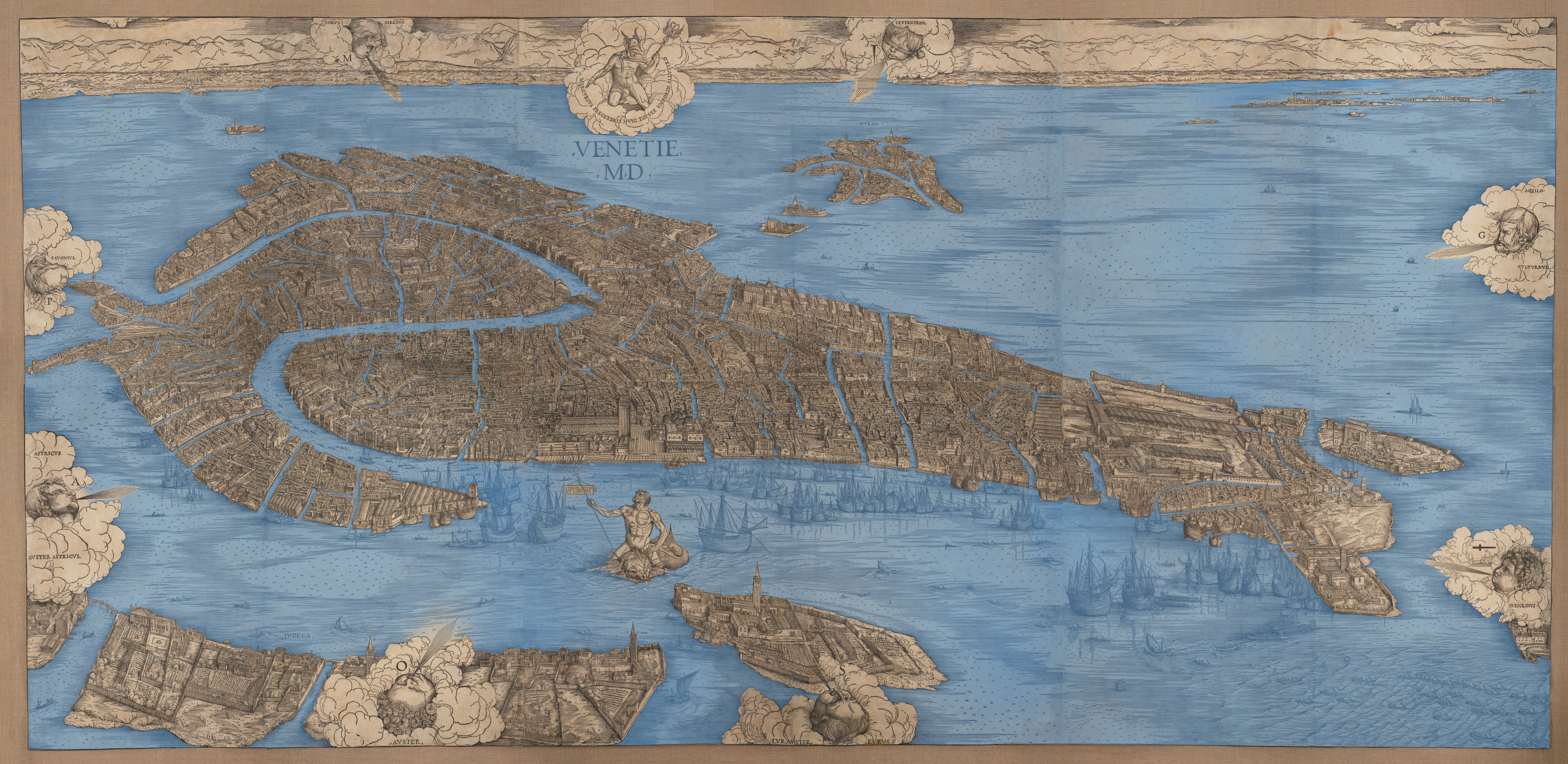Hospices and the Built Realm of Widows, by Sarah Fahey
Because of the trauma associated with losing a spouse, widows might be viewed as a vulnerable population, but in early modern Venice, the death of a woman’s spouse had the opposite effect: widows were seen as a potential threat to society because their status afforded them a degree of agency not generally seen among other women. Marriage was important for women and was emphasized by the tradition of a dowry paid by the women’s family to her husband. Once a woman was married she was no longer considered her parents’ responsibility, nor was she considered “pure”. Once her husband died the woman's impurity made her undesirable and the potential for provocative behavior was seen as a risk to the community and her family. Furthermore, once a woman was widowed, the dowry paid by her family was returned to her. In a patriarchal society, the new-found financial freedom and economic power a widow had was feared. My reseach has focused on marriage norms, the legal and financial custom of transferring wealth and power, and how the fear of widows was made manifest in the urban and build environment.
Essential bibliography:
Franca Semi, Gli Ospizi di Venezia (Venice: Edizioni Helvetia, 1983).
